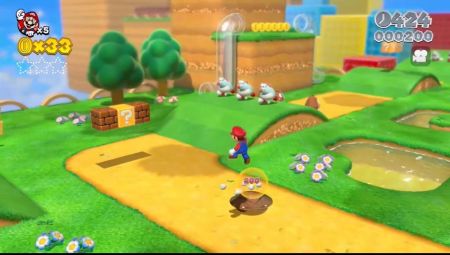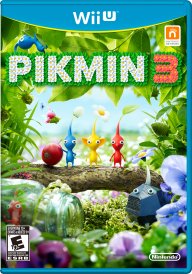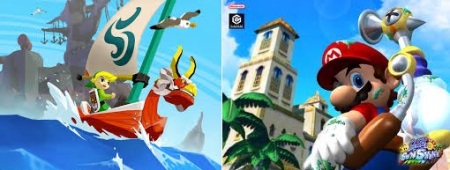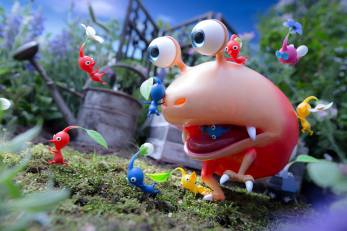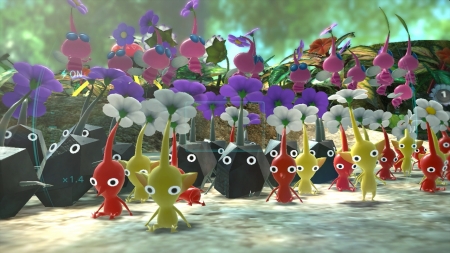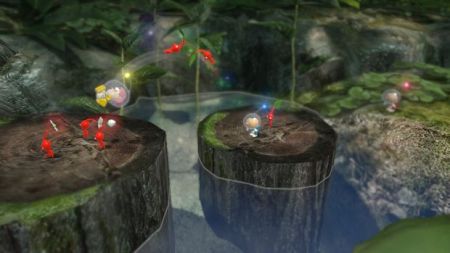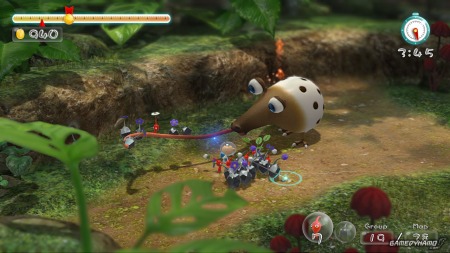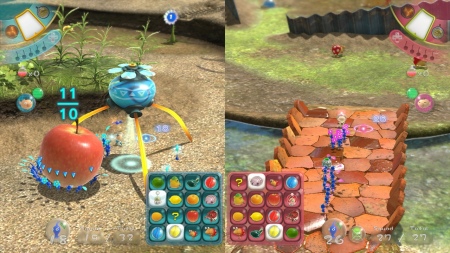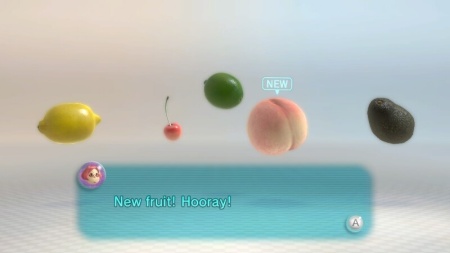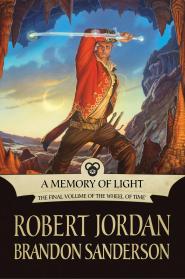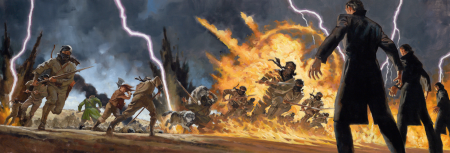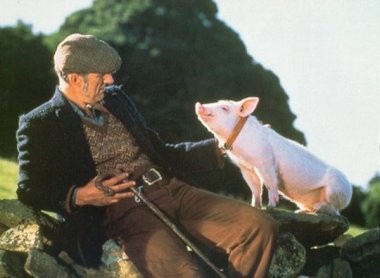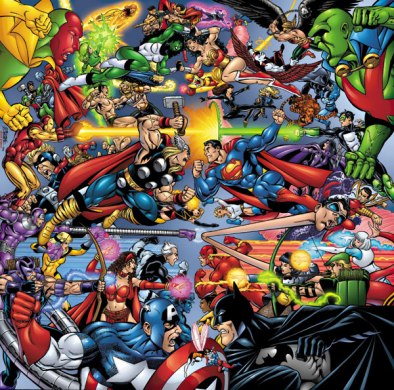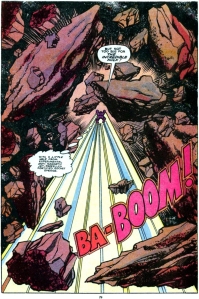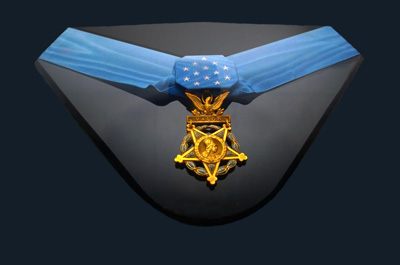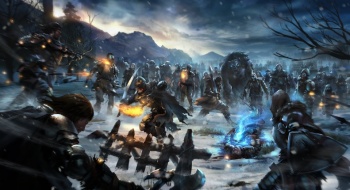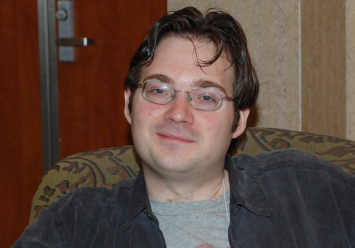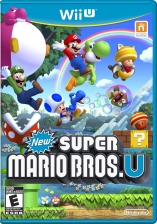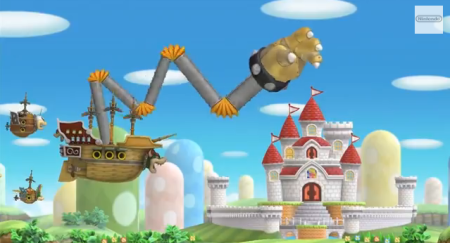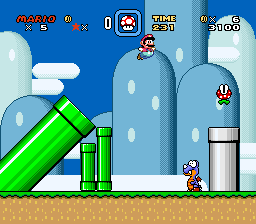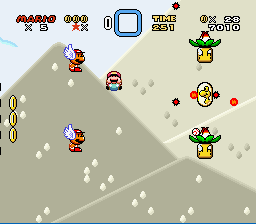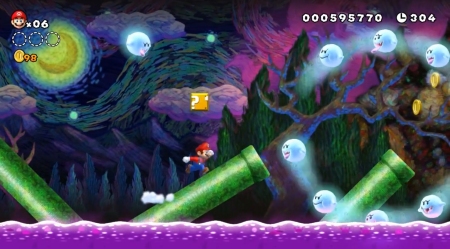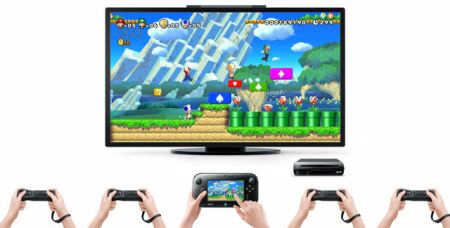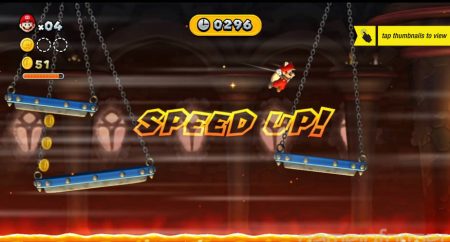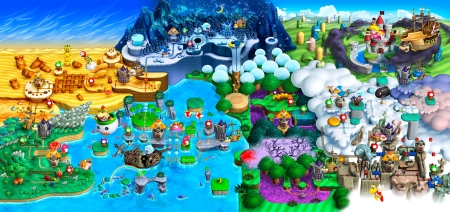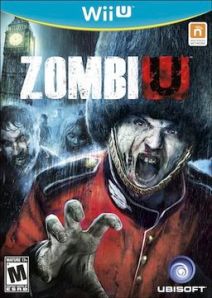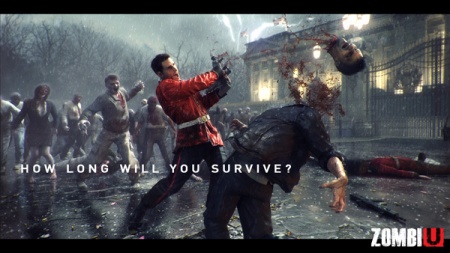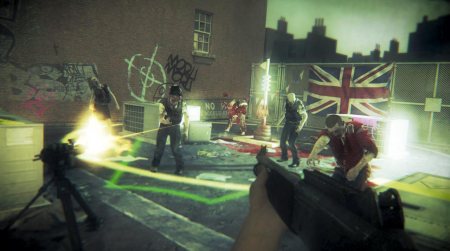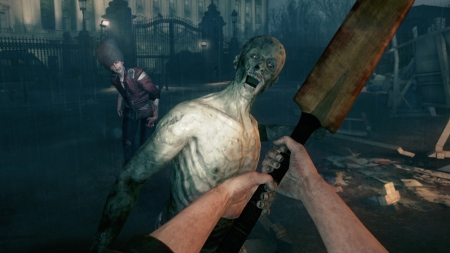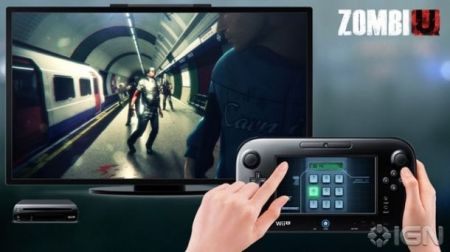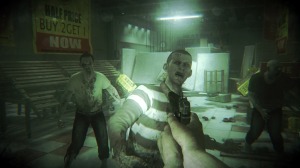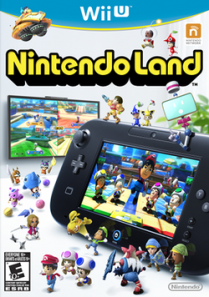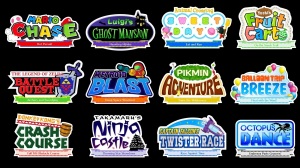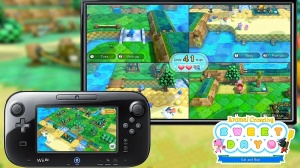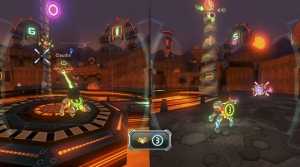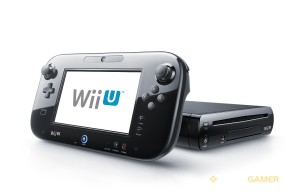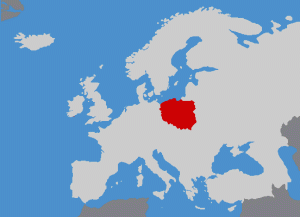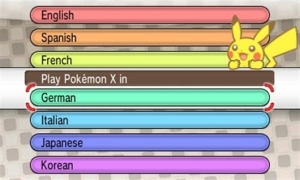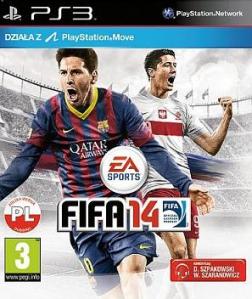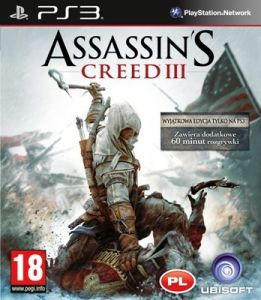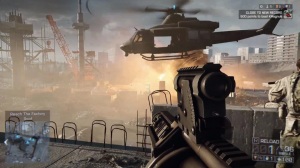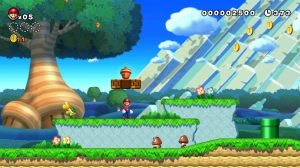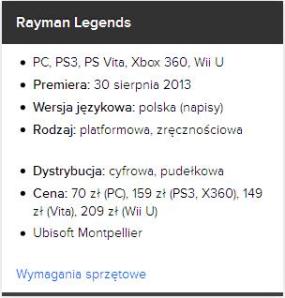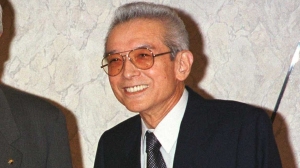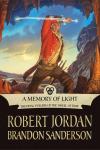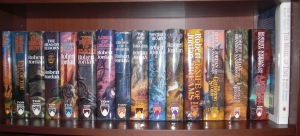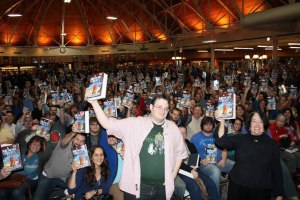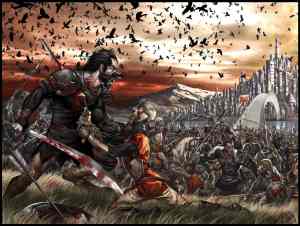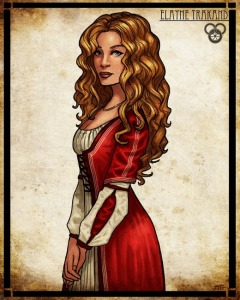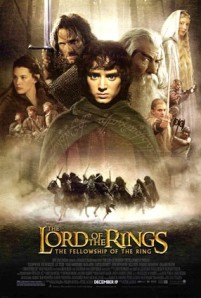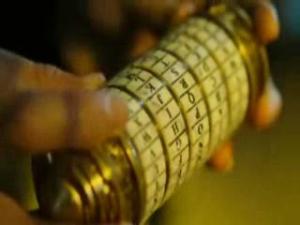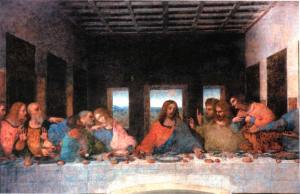Welcome to a new series on this blog in which I’ll be periodically looking at obscure examples of SF and, basically, pulling them apart for your amusement. First up we have a book that’s very close to my heart for sentimental reasons, The Savage Stars by Richard Reinsmith. Never heard of it? Don’t worry; no one has.
The book was published by Stoneshire Books in 1983 – the same year I was born. To be honest, I haven’t been able to find out much about Stoneshire Books but Reinsmith appears to have been a semi-prolific writer back in the day. In the early 80’s, he churned out a load of pulp books under various pseudonyms only to disappear from the scene just as quickly as he arrived.
I was 12 years old when I first stumbled upon this book in my school’s library. I was going through something of an SF phase at the time and I would systematically read my way through any book which had the word ‘space’ in the title, just because I loved the subject so much. To be honest, a lot of what I read was complete dreck but I remember how, even among that sea of terrible books, this one stood out.
I mean, just look at it!
The front cover depicts a topless, muscled barbarian taking on a green alien monster in a fight to the death. “That looks amazing!” my 12-year-old self instantly said. “Why, it’s like Kirk vs. Gorn all over again, only better because this one has a scantily clad woman with 80’s hair on it!” (Admittedly, I was very easily impressed back then, especially by scantily clad women with 80’s hair).
The back blurb also looked intriguing:
I’ve got to admit, I kind of like blurbs that are straight to the point like this. No random quotes from authors you’ve never heard of. No grand-sounding words like “in the tradition of [insert author name here]”. Just a simple description of the plot and big purple letters.
Too bad, then, that the actual story has next to nothing to do with this blurb.
Oh don’t get me wrong — these events do happen in the book, but they all take place in the book’s back story, hundreds of years before the story opens. Of aliens and spaceships, this book has none. Of war and survival, it has very little.
So what is this book about, then? Glad you asked.
It’s about sex.
Lots and lots of sex.
Our story opens with our hero Eric, a big, burly product of the 80’s who appears to be made up of nothing more than muscle and manly testosterone. At the start of the book, we find him staring up at the tower where all the women are kept captive as he reminisces about his recent visit to the beautiful Alicia…
For the price of 10 tiger skins, the Guiders had allowed [Eric] one weekend with Alicia. It had seemed months ago, yet every detail was startlingly clear in his mind. She had sung to him. She had fed him until he felt sated. Then, in the darkness of the night when he was half asleep, she had pressed against him, and he had learned the ultimate joys a woman can give. She was beautiful. She was perfect. She was ecstasy. (page 6)
She was a prostitute.
It turns out that in this world, women are surprisingly rare commodities. So rare, in fact, that the few women who do exist as all kept well away from the men. The men are then able to buy themselves time with a women in exchange for doing good deeds for the community such as hunting meat, gathering herbs and making tools. It kind of makes sense.
What doesn’t make sense, however, is how Eric reacts to seeing Alicia for the first time. Considering that Alicia is literally the first woman Eric has ever laid eyes on, you might be expecting him to be a bit like a five-year-old during a game of “you show me yours and I’ll show you mine”.
You’d expect there to be a lot of giggling and questions such as “why don’t you have a penis?” “what happened to all your muscles?” and “what the hell are boobies?” I mean, let’s face it, Mr 80’s Testosterone here grew up in a society composed only of burly, muscular men killing tigers for a living. Are we honestly expected to believe that hunting is the only thing he got up to in his spare time?
Well anyway, regardless of Eric’s sexual history, this single weekend spent with Alicia (AKA the first woman he has ever met) was apparently enough for him to fall maddeningly in lust with her. So much so, in fact, that he now plans to storm the tower and kidnap her so she will be exclusively his forever!
It’s a plan so audacious that the punishment for it is death. He confides his plan to his mentor, the Tree Father, expecting the wise old man to talk him out of it. Apparently the Tree Father is a bit of a horn dog, however, because he’s completely up for the idea.
“Do you think I’m crazy?” Eric asked.
The Tree Father laughed. “No. […] To want to steal a woman is a natural ambition. Many young men have come to me and confessed similar desires. […] My body is too old for strong desires for women.” He raised a wrinkled hand. “Although I must admit I would enjoy the constant company of one. It would be a thing of the mind. I like to see their long hair and soft skin. I enjoy their gentle ways and senseless chatter.”
“Then I shall steal one for you too,” Eric joked. (page 8)
Yep: long hair and senseless chatter. Those are exactly the words I would use to describe a woman.
Anyway, as you can probably already tell, the characters in this book are not exactly what you would call ‘likable’. I guess it kind of makes sense that they would talk so degradingly about women, especially when you consider that women are so rare in this society that all the men have been brought up thinking of them as little more than prizes to be won.
But does our hero really need to be such a reprehensible jerk about it?
“I have chosen a place in the forest called the Valley of the Tigers. None of your people go there because they are afraid. I have room in a tree there. She won’t be able to escape. She will also be afraid of the tigers.” (page 9)
Good to see you’ve covered all the bases there, Eric. For a minute I was worried you were only thinking with your dick.
Now, just in case you’re wondering, “Wait a second: what if this woman doesn’t want to be kidnapped and taken to a tiger-infested part of the jungle to have sex with a barbarian?”, fear not! Reinsmith has you covered:
It would be Alicia’s choice. Come with him willingly and hang on to him. Otherwise, he would tie her wrists and take her forcefully. (page 38)
What a great role-model for a 12-year-old to stumble upon in a school library! That’s your tax money at work there, people. Hope you’re happy about it.
In between each chapter we get small snippets of the back story that was already spoiled in the blurb. In short, the crew of the USS Corsair crash landed on a mysterious planet filled with lots of deadly animals and plants. The crew at the time consisted of 300 male soldiers and just 3 women, so the captain quickly hides the women away in a tower, presumably so they won’t all get molested every five minutes. However, it isn’t long before the Captain is whoring these poor women out to the soldiers in exchange for good work and it isn’t much longer before it’s become an established part of their society.
When you stop and think about it for a minute, this means that everyone on this planet is descended from three women. I’ve got to admit: no wonder everyone’s so messed up.
These days, there is one city on the whole planet, which is called Homebase. This city only has room for the cleverest and most technically minded men as well as all the women. Everyone else lives in the jungle outside.
So, OK it’s no Middle Earth, but as far as world building goes, I can kind of accept it. The status quo here is believable, albeit horrible, and the implications of a male-heavy society are actually pretty well thought through in this early part of the book.
To be honest, if Reinsmith had chosen to show us more of the plight of these women, there might have been a good book here. For example, maybe (and I know this might be shocking to hear but bear with me) maybe Alicia doesn’t like being a prostitute. Maybe when Eric kidnaps her, she finally decides she’s had enough. Maybe she uses this opportunity to show Eric how women are actually more than just walking vaginas. She could impress him with her resourcefulness and strength and, hey, maybe he could eventually fall in love with her for real. Through Alicia, Eric would have his eyes opened about how poorly women are treated in this world. This would then serve as Eric’s motivation for mounting a full-scale rebellion against their society. The book would actually have some sort of meaning to it then. A message. A character arc for our hero.
Instead we get this:
[Eric] pushed past [Alicia] and closed the door.
“Will you hand onto me or will I have to tie your wrists?” he blurted.
Her eyes widened in alarm. She was trembling. Her lips moved soundlessly awhile and then formed the word, “What?”
“Will you…” Eric caught himself, blushed when he realized how idiotic the question had sounded. […] “I want you to come with me,” he said hastily.
[…]
During her indecision, he came to her and placed his arms around her. Gently, very gently, he lowered his head and pressed his lips against hers in the kissing motion she had taught him. […]
When the kiss ended at last, she said weakly, “I’ll go with you.” (page 54)
Well of course the woman falls instantly and totally in love with the hero! Why wouldn’t she? He has muscles!
Anyway with that, Eric and Alicia are on the run and the book now turns into an action-packed dash away from Homebase with metal dogs on their tail and vicious animals all around them.
Unfortunately, the people in charge of Homebase appear to be a bunch of inbred retards (which I guess makes sense since that’s exactly what they are). As expected, they send a load of metal dogs after Eric to kill him. When Eric manages to kill these dogs, the people at Homebase seem to just throw their hands up in the air and scream, “Oh my God the people are rebelling against us!”
So they then send out more metal dogs to try to subdue the tree people from their non-existent rebellion. Unsurprisingly, the tree people don’t much care for being subdued for no reason so they all just turn to each other and say, “Fuck this. Let’s rebel against the system!”
At which point a full-scale rebellion ensues.
While I would applaud Reinsmith for this very Helen of Troy-inspired approach to warfare, unfortunately we never get to see much of the ensuing rebellion. In fact, we see none of it. Not one battle. Not one death. The entire rebellion against Homebase happens completely off-screen.
The reason for why is very simple: Reinsmith chose the wrong character to be the hero. Seriously. Sure, Eric’s kidnap of Alicia proved to be the catalyst for the rebellion, but Eric himself has almost nothing to do with it. He cares nothing for the rebellion, nothing for the war, nothing for the tree people who are out there killing each other because of him.
All he cares about is sex…
Part of his mind said to be gentle because he didn’t want to hurt her […], but the lustful animal in his nature wanted to be savage, brutal, pound away until she cried out in a mixture of pain and joy. (page 103)
Horrible, awkward sex…
Once more he had the feeling there was nothing better, nothing more pleasurable, than the mating of a man and woman. (page 105)
Anyway, it’s at about this point in the book that you realise that Eric, as well as being a disgusting example of a human being, is actually something of a Marty Sue. The guy can basically do no wrong as far as Reinsmith is concerned. He’s stronger than anyone else. He’s better looking than anyone else. But most importantly, despite being a complete virgin at the start of the book, he is an absolute demon in the sack.
You quickly grow frustrated with the guy. As already stated, Eric is a poor POV hero because all he ever does is react to what’s happening around him. His entire motivation and reason for existing in the story revolves around him kidnapping Alicia — which is fine — but it’s a goal he manages to achieve within the first 100 pages. After this, his character arc is pretty much over. There is nothing more for him to do in the story besides have sex, kill a few monsters and spout exposition about this glorious rebellion happening off-screen.
To be honest, I get the impression that even Reinsmith gave up on the guy, because it’s at this point that the narrative suddenly, and jarringly, jumps to some completely new viewpoint characters.
One of these characters is the President of Homebase himself, Glen Bromfield. Sounds good, right? You’ve got to ask yourself what the President will be doing during this time of upheaval and rebellion. Is he mounting a counter-attack? Is he conducting negotiations with the aggressors?
Jennifer and Dawn followed him eagerly [into the next room]. Soundlessly the girls and Glenn repeated a sensuous contact they had originated a few weeks previously, a physical relationship in which they remained nude, standing together, arms around each other, kissing, touching, caressing, sliding body against body, hands moving with greater and greater passion until the three-way union became a form of group masturbation. (page 87)
No, he’s having sex. Awkward masturbatory sex with two girls who are both 15 years old. It’s a pointless scene that goes absolutely nowhere and has no impact on the story whatsoever.
The other viewpoint character we get is Florence and in a way, her chapters are even worse. Florence is dispatched from Homebase to investigate what happened to the robot dogs who were killed by Eric. Unfortunately, she is then captured by the rebelling tree people.
No prizes for guessing what they plan to do with her.
“We’re going to play a game. It’s called ‘testing our accuracy at greater and greater distances.’ Keep your eyes open and you’ll see how the game is played.”
[…]
The Archer shot an arrow into the target an inch from her shoulder. He took some paces further away and the next arrow landed half an inch from her hip.
“I don’t quite understand this game,” Florence said.
“You will in a minute.” Searle moved further from his human target and […] the next arrow landed thunk in the meaty section of her left thigh. (page 130)
Why, they shoot arrows at her of course! And then, after this, they torture her. They brand her breasts with a red-hot poker and then use an electronic device on her which leaves her nervous system completely messed up. And then…
“What happens now?” Florence asked.
“Guess.”
“I’m placed in solitary confinement until the next session?”
He nodded negatively.
“I’ll be placed in a cell with Joan so we’ll be able to chit-chat?”
“Not today.”
“I’m going to be raped.”
Springer nodded affirmatively.
Hey, at least Reinsmith has the decency to call it what it is this time.
Unfortunately, in what I can only assume is a severe case of Stockholm Syndrome on poor Florence’s part, she actually… *shudder* likes it.
She almost cried out with pleasure when he entered her, it felt so good. He was very passionate and climaxed quickly. (page 149)
And…
The questioning had exhausted her and, although she had been careful to hide her response, she had experienced multiple orgasms during his lovemaking. (page 150)
I honestly felt sick reading this scene. From start to finish, it’s pure titilation on the part of the writer.
Talking of which, if you’re wondering what our so-called hero Eric is doing during this period of off-screen warfare and on-screen rape then you clearly haven’t been following very closely. He’s been having sex of course! After being attacked in the jungle by a couple of giant snakes, he and Alicia are rescued by a secret society of people who have been working for generations on trying to repair a spaceship to get humanity back into space again.
This group is led by a very beautiful (of course!) woman and it isn’t long before Eric is cheating on Alicia with this new girl.
Alicia promptly finds out, runs away and is then killed off one-chapter later. Killed off off-screen, I might add. I wish I was joking. Her death comes completely out of the left field and leaves you with a bad taste in your mouth all through the book’s final, anti-climactic final chapters.
At the end of the novel, the spaceship is repaired, homebase is in the hands of the tree people and Eric has a new girl to have sex with.
And then the book just ends.
The impression you’re left with is a confused jumble of plotlines and characters. Nothing is satisfactorily resolved. No one grows or develops during the story. I can’t help but feel that Reinsmith just ran out of ideas and time halfway through writing the book and just thought, “Sod it, that’ll do. No one will ever read this far anyway.”
The weird thing is, I remember really enjoying this book when I first read it. As already said, I was very easily impressed at the time and this was the first time I’d ever read so openly about sex. Now, however, I see the book for exactly what it is: a morally devoid piece of trash that ran out of plot half-way through and was forced to fill up the void with scenes of group masturbation, torture and rape.
As I said, there could have been a good book here if some actual character development had taken place. Hell, there could have been a good book here if Reinsmith had just given the main character something to do. As it is though, it’s just pure garbage.
I’ll end this review with this final observation. On the inside front cover is the book’s dedication:
To Sue, my little girl.
That’s right, Reinsmith dedicated this book to his daughter. A book full of rape, torture and the subjugation of women and it’s been dedicated to a child.
I’m sure she’s just thrilled about that fact.
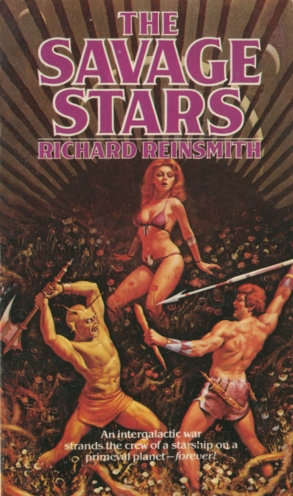
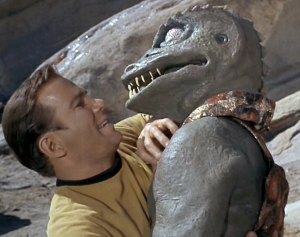
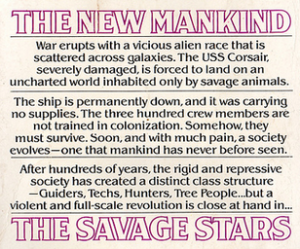
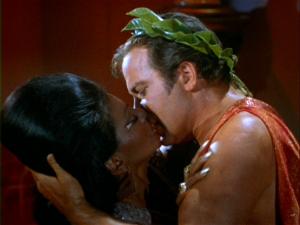

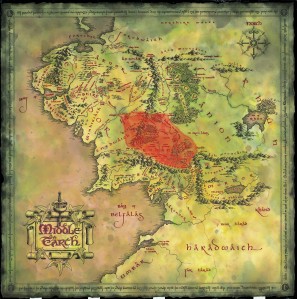
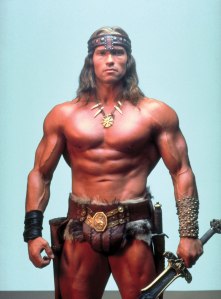
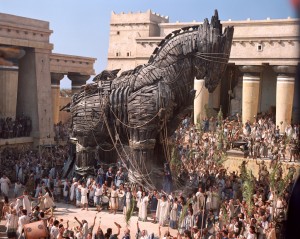



 Posted by R J Burgess
Posted by R J Burgess 
